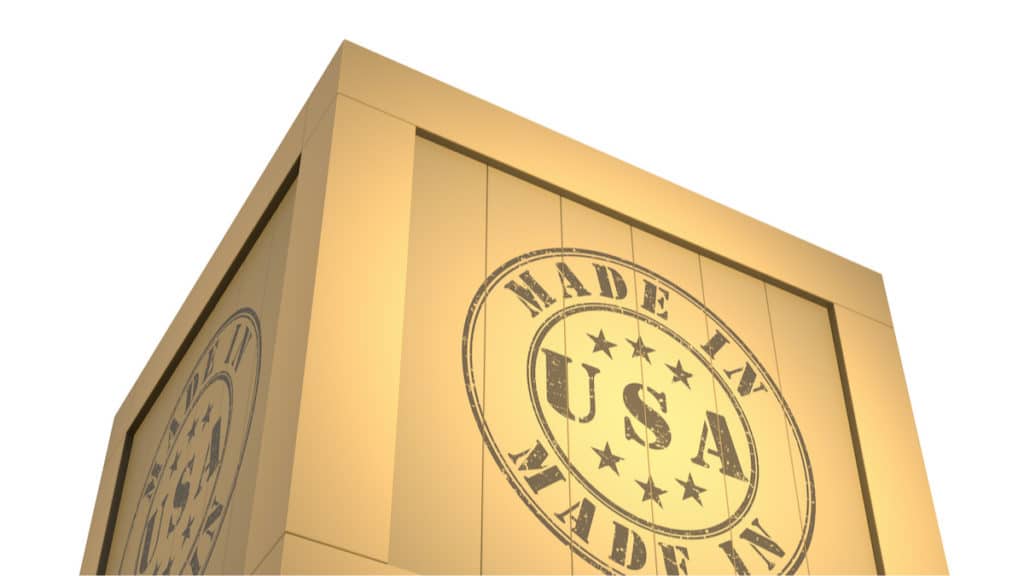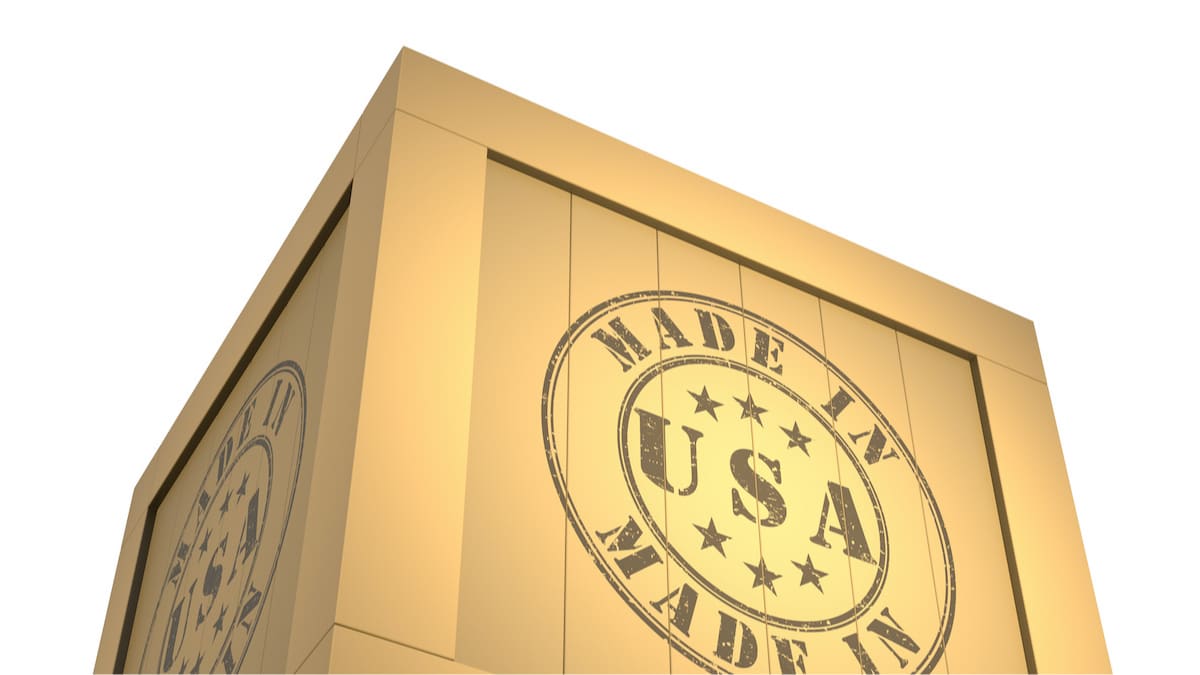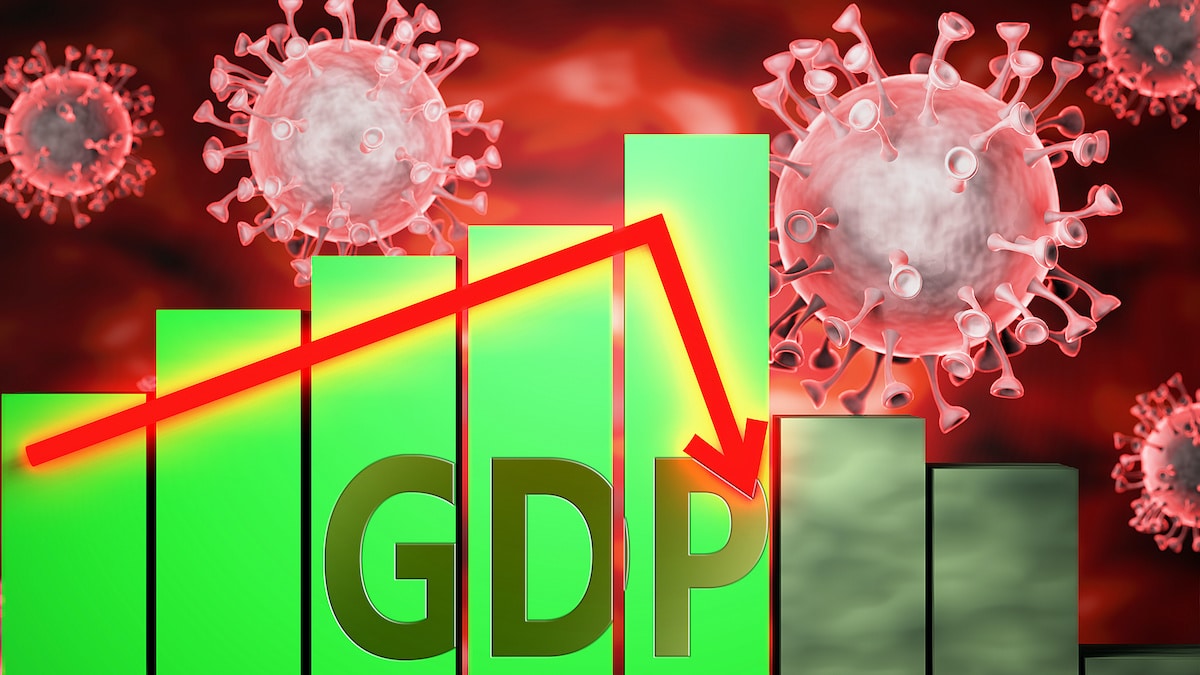ISM Manufacturing Index (PMI) Beats Forecast in July, Continuing Expansion Cycle
PMI Surpasses Pre-Pandemic Level, Hits the Highest Level Since April 2019

Tempe, Arizona (PPD) — The Institute for Supply Management (ISM) Manufacturing Index (PMI) came in stronger than expected at 54.2% in July, up from 52.6% in June. This reading indicates an overall expansion in the economy for the third straight month after one month of contraction due to disruptive efforts to mitigate the spread of coronavirus (COVID-19).
Forecasts for the PMI ranged from a low of 49.0 to a high of 57.0, and the consensus forecast was 53.5.
The reading also indicates manufacturing sector growth continued for the second straight month after three prior months of COVID-19-related disruptions.
“Panel sentiment was generally optimistic (two positive comments for every one cautious comment), continuing a trend from June,” said Timothy R. Fiore, Chair of the ISM Manufacturing Business Survey Committee. “Demand and consumption continued to drive expansion growth, with inputs remaining at parity with supply and demand.”
Demand is growing as is evident by the strong gain in the New Orders Index at 61.5%. That represents an increase of 5.1 from the June reading of 56.4%. New orders are being supported by the New Export Orders Index re-entering expansion.
The ISM Manufacturing Index (PMI) has now exceeded pre-pandemic levels. It hasn’t been as high since April 2019. The rate of increase for the PMI is a level not seen since August 1980.
| Index | Series Index Jul | Series Index Jun | Percentage Point Change | Direction | Rate of Change | Trend* (Months) |
|---|---|---|---|---|---|---|
| PMI® | 54.2 | 52.6 | +1.6 | Growing | Faster | 2 |
| New Orders | 61.5 | 56.4 | +5.1 | Growing | Faster | 2 |
| Production | 62.1 | 57.3 | +4.8 | Growing | Faster | 2 |
| Employment | 44.3 | 42.1 | +2.2 | Contracting | Slower | 12 |
| Supplier Deliveries | 55.8 | 56.9 | -1.1 | Slowing | Slower | 9 |
| Inventories | 47.0 | 50.5 | -3.5 | Contracting | From Growing | 1 |
| Customers’ Inventories | 41.6 | 44.6 | -3.0 | Too Low | Faster | 46 |
| Prices | 53.2 | 51.3 | +1.9 | Increasing | Faster | 2 |
| Backlog of Orders | 51.8 | 45.3 | +6.5 | Growing | From Contracting | 1 |
| New Export Orders | 50.4 | 47.6 | +2.8 | Growing | From Contracting | 1 |
| Imports | 53.1 | 48.8 | +4.3 | Growing | From Contracting | 1 |
| OVERALL ECONOMY | Growing | Faster | 3 | |||
| Manufacturing Sector | Growing | Faster | 2 |
*Number of months moving in current direction.
The Institute for Supply Management (ISM) Manufacturing











